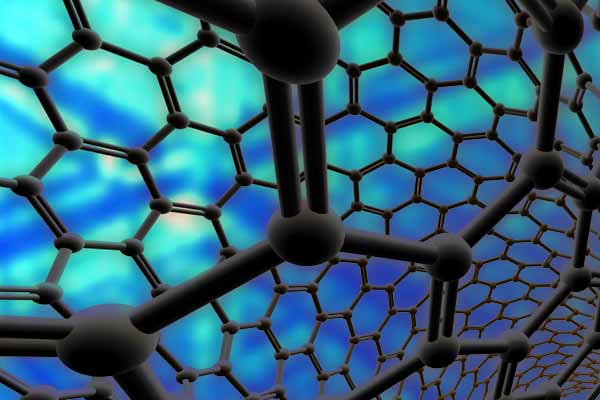What If the Forces that Form Molecules Were Stronger (Or Weaker)?

During the new DC Comics Universe series "Flashpoint," in which a time-traveling supervillain alters the past to warp the present, Life's Little Mysteries presents a 10-part series that examines what would happen if a major event in the history of the universe had gone just slightly differently.
Part 9: What if ... the forces that form molecules were stronger or weaker?
Complex molecules are created thanks to bonds that form between one atom's positively charged protons in its nucleus and another atom's negatively charged electrons. Atoms "share" electrons, and the protons' mutual attraction to the electrons and vice versa overcomes like-charge repulsions.
Life would be: Nonexistent, or with radically altered chemistries.
Mess with the fundamental values of electromagnetism, described above, and chemistry as we know it goes out the window. "The proton and electron balance each other perfectly — change that a little, and you have a very different universe," Jon Friedrich, a professor of chemistry at Fordham University, told Life's Little Mysteries.
Suppose the attraction between protons and electrons were greater, for example, such that the two particles, if freely existing, would combine. One would get nothing more than neutral neutrons, which have a mass that's a bit greater than that of a mashed-together proton and neutron, after the Big Bang.
Neutrons, being an uncharged particle, wouldn't lend themselves to any interesting chemistry (although in our universe, free-floating neutrons decay into a proton and an electron, plus another subatomic particle). Make the proton-electron attraction weaker and intricate chemical bonds between atoms would not occur, which means no giant biomolecules such as DNA.
Get the Space.com Newsletter
Breaking space news, the latest updates on rocket launches, skywatching events and more!
Previously: What would life be like if the sun were half its size?
Next: What would be different if our solar system formed elsewhere in the universe?
This story was provided by Life's Little Mysteries, a sister site of SPACE.com. Follow Life's Little Mysteries on Twitter @llmysteries, then join us on Facebook
Join our Space Forums to keep talking space on the latest missions, night sky and more! And if you have a news tip, correction or comment, let us know at: community@space.com.

Adam Hadhazy is a contributing writer for Live Science and Space.com. He often writes about physics, psychology, animal behavior and story topics in general that explore the blurring line between today's science fiction and tomorrow's science fact. Adam has a Master of Arts degree from the Arthur L. Carter Journalism Institute at New York University and a Bachelor of Arts degree from Boston College. When not squeezing in reruns of Star Trek, Adam likes hurling a Frisbee or dining on spicy food. You can check out more of his work at www.adamhadhazy.com.











